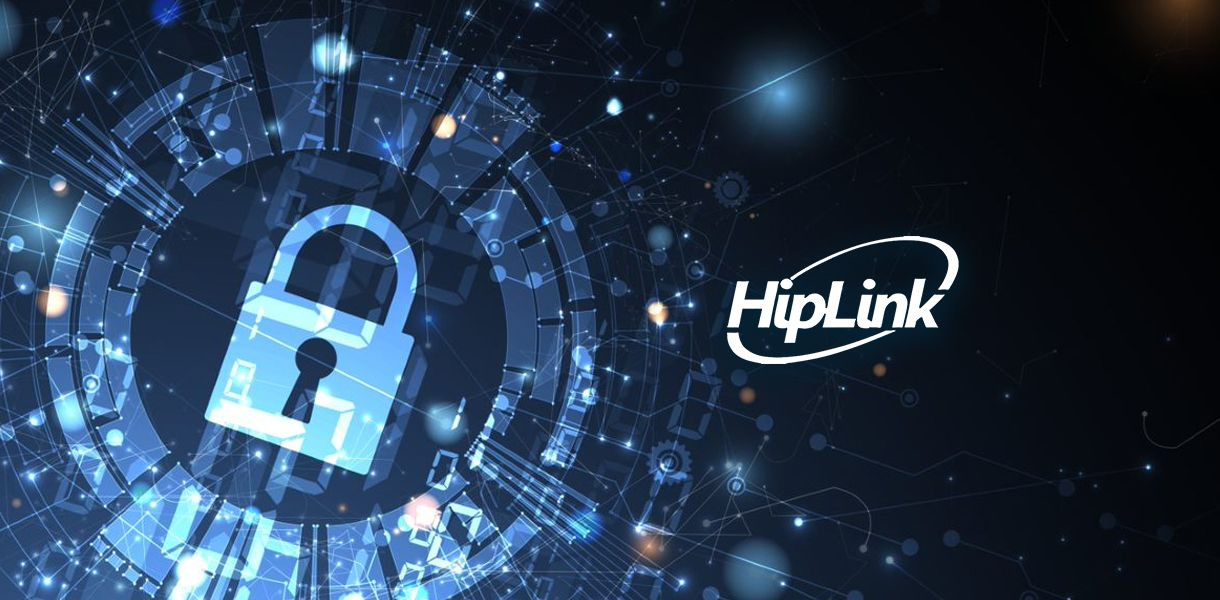In 2023, state and local governments across the United States, from Dallas, Texas, to Lowell, Mass., encountered a notable surge in ransomware attacks and cyber threats. As we gaze into the horizon, we see that these challenges are evolving and becoming increasingly severe. The dynamic nature of the cyber landscape demands that we not only acknowledge but also redefine our resilience strategies to combat these threats effectively.
Traditionally, cybersecurity has focused on prevention, aiming to thwart attacks before they occur. However, achieving absolute prevention is unrealistic in today's hybrid and hyperconnected world. Resilience to cyber threats now entails safeguarding critical information and maintaining essential operations, even amidst inevitable breaches and attacks.
A leading approach in this endeavor is the Zero Trust framework, which advocates for a default deny stance on cybersecurity. Organizations can significantly bolster their defense mechanisms by assuming breach and practicing least privilege. While striving for perfection may seem tempting, it can inadvertently lead to security gaps. Instead, focusing on holistic progress is paramount. This entails identifying critical assets, addressing vulnerabilities, and enforcing stringent security policies across all organizational environments.
Moreover, it's crucial to understand that cyber resilience is not a task for a single department or individual. It's an ongoing journey that requires a collective effort and a shared responsibility across the entire organization. Regular data backups, device updates, and continuous monitoring are essential components of a robust cybersecurity posture. By embracing these practices, we can significantly reduce our risk exposure and enhance our collective resilience.
Looking ahead, the year presents us with an opportunity to enhance our cybersecurity resilience. It's crucial for organizations to prioritize cyber hygiene, integrate Zero Trust principles into their cybersecurity frameworks, and cultivate a culture of cybersecurity awareness at all levels. By taking these proactive measures, we can empower ourselves to effectively mitigate the impact of evolving cyber threats. In essence, the key to success lies in our hands, in our ability to adapt and collaborate across the organization.



